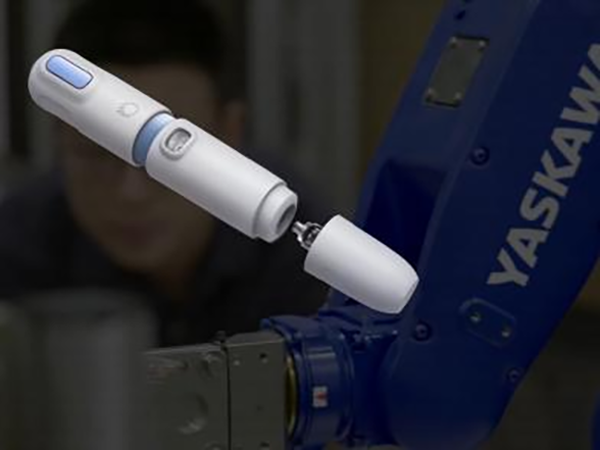Needlefree injection technology has evolved significantly over the years, offering various methods to administer medication without using traditional needles. Ensuring consistency in needle-free injections is critical for efficacy, safety, and patient satisfaction. Here are several factors that contribute to achieving consistency in needle-free injections:
1. Device Calibration and Maintenance: Regular calibration and maintenance of needle-free injection devices are essential to ensure consistent delivery of medication. Any deviation in device performance can affect injection accuracy and dosage.

2. Standardized Protocols: Developing standardized protocols for using needle- free injection devices helps ensure consistency across different healthcare settings. These protocols should include guidelines for device setup, administration technique, and post- injection procedures.
3. Training and Education: Proper training and education for healthcare professionals who administer needle-free injections are crucial. Training should cover device operation, injection technique, dosage calculation, and troubleshooting common issues to promote consistency and proficiency.
4. Patient Assessment: Before administering a needle-free injection, healthcare providers should assess the patient's condition, including factors such as skin type, tissue depth, and injection site suitability. Proper patient assessment helps ensure accurate delivery of medication and reduces the risk of complications.
5. Injection Site Preparation: Adequate preparation of the injection site is essential for consistent needle-free injections. This may involve cleaning the skin with an antiseptic solution, ensuring the area is dry, and selecting an appropriate injection site based on the medication being administered.
6. Injection Angle and Depth: Maintaining a consistent injection angle and depth is critical for accurate medication delivery and optimal absorption. Healthcare providers should follow manufacturer recommendations and guidelines for injection angle and depth based on the specific device and medication being administered.
7. Monitoring and Feedback: Regular monitoring of injection outcomes and patient feedback can help identify any issues or areas for improvement in needle-free injection practices. Healthcare providers should solicit feedback from patients regarding their injection experience and adjust techniques accordingly.
8. Quality Assurance Processes: Implementing quality assurance processes, such as periodic audits and performance reviews, can help ensure consistency in needle-free injection practices across healthcare facilities. These processes can identify any deviations from established protocols and provide opportunities for corrective action.
By addressing these factors and implementing best practices, healthcare providers can achieve greater consistency in needle-free injections, leading to improved patient outcomes and satisfaction.
Post time: Apr-16-2024
